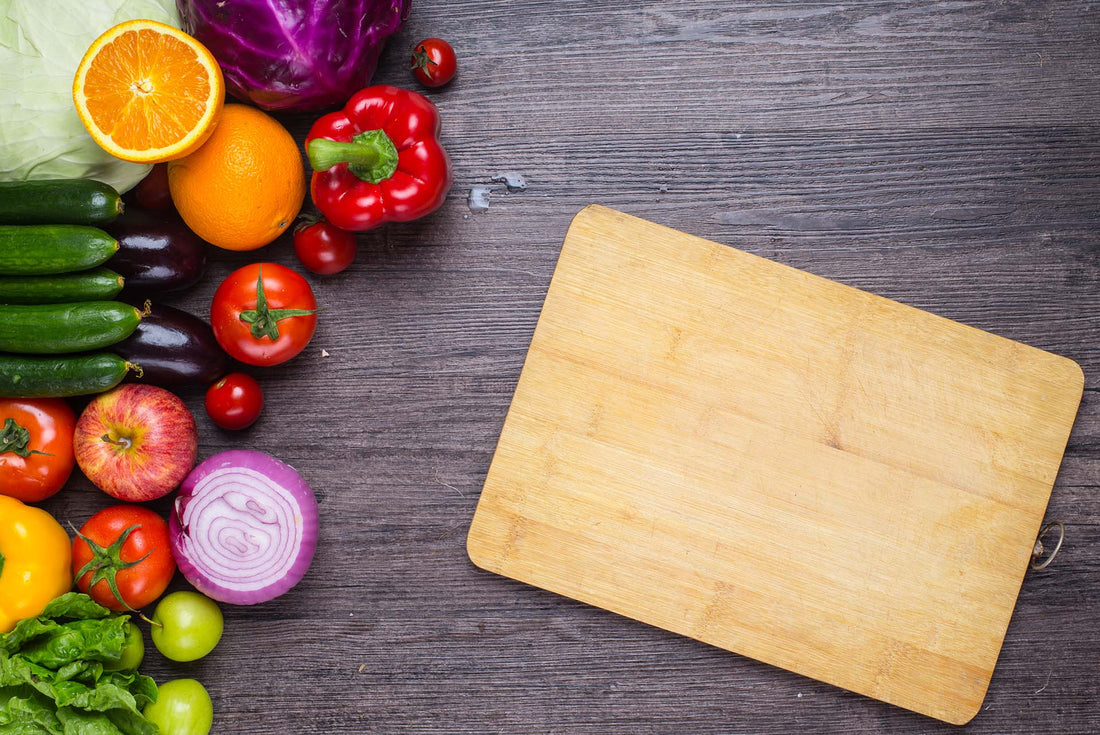The healthiest cutting board material is generally considered to be bamboo. Bamboo is durable, naturally antimicrobial, and sustainable.
Choosing the right cutting board is crucial for food safety and kitchen hygiene. Among the various materials available, bamboo stands out for its numerous health benefits. It is a hardy grass that resists knife scarring, a common issue where bacteria can thrive in plastic and wooden cutting boards.
Unlike traditional hardwood, bamboo has natural antibacterial properties that help prevent the growth of bacteria. Its dense structure ensures easy cleaning and maintenance. As an eco-friendly option, bamboo is a renewable resource that grows quickly without the need for pesticides, making it a top choice for environmentally conscious consumers. The combination of durability, safety, and sustainability makes bamboo an excellent choice for those prioritizing health in their kitchen practices.
| Note: Always refer to your local health regulations and guidelines for proper food handling and safety. |
Different Types of Healthy Cutting Boards
Various cutting board options that serve their purpose and promote a healthy kitchen environment are available. Each material offers unique benefits for food preparation, from natural wood to plastic and bamboo.
Let's explore the different types of cutting boards to help you make an informed choice for your culinary needs.

Wooden Boards
Wood cutting boards are classic, durable choices for chefs and home cooks alike. Combining function with aesthetics, these boards provide a robust cutting surface that can last for years. When selecting a cutting board, wood stands out for its natural ability to reduce wear on knives, its reparability, and the warm, homey feel it adds to kitchens.
Advantages:
|
|
Disadvantages:
|
Plastic Boards
Choosing the right cutting board can impact your health and cooking. Plastic cutting boards are a popular choice. They come in many colors and sizes. Cooks often pick plastic for its many benefits. Yet, each material has pros and cons. Let's dive into what plastic boards offer.
Advantages:
|
|
Disadvantages:
|
Bamboo Boards
Bamboo cutting boards are popular among health-conscious home chefs. Eco-friendly and durable, they're a smart pick for any kitchen. They balance functionality with a touch of nature's charm.
Advantages:
|
|
Disadvantages:
|
Other Materials
Beyond the common wood and plastic, other materials like glass and stone have their merits. These options might not be the first choice, but they deserve attention.
Glass Cutting Boards
Glass boards shine in cleanliness and maintenance. Their non-porous surface makes them resistant to bacteria. No odors or stains linger after a quick wash. They're eco-friendly, too.
- Easy to clean - Simply wipe down or place in the dishwasher.
- Stylish - They can double as serving platters.
Note: Glass may dull your knives faster, so keep a sharpener handy.
Stone Cutting Boards
Stone boards, like granite or marble, boast durability. These elegant surfaces are heat-resistant and offer a cool surface for pastry work.
- Durable - Resists cuts and scratches.
- Non-porous - Keeps out moisture and bacteria.
Be mindful: Heavier than other types, storage might need planning. Look after your knives; stone can wear them down.

Frequently Asked Questions
Which Cutting Board Material Is Best For Knives?
Wooden cutting boards are often considered best for knives. They are softer than glass or plastic, which helps preserve the blade's sharpness. Bamboo is also knife-friendly, but harder than traditional woods like maple.
Are Plastic Cutting Boards More Hygienic?
No, plastic cutting boards are not necessarily more hygienic. Although they are easy to sanitize, cuts in plastic can harbor bacteria. Wood has natural antibacterial properties. Careful cleaning is essential regardless of material.
How Long Do Bamboo Cutting Boards Last?
With proper maintenance, bamboo cutting boards can last for several years. They are durable, resist water better than other woods, and are less prone to cracking. Regular oiling and avoiding prolonged soaking help prolong their life.
Is Glass A Safe Cutting Board Material?
Glass is non-porous and easy to clean, making it hygienic. However, it can dull knives quickly and is prone to slipping. Glass boards can also shatter, so they are not recommended as a safe cutting board material.
Conclusion
Selecting the healthiest cutting board material is crucial for food safety and longevity in your kitchen. Bamboo and hardwood options stand out for their durability and antibacterial properties. Remember, proper maintenance is key to ensuring your choice remains a healthy part of meal prep.
Choose wisely, and happy cooking!

